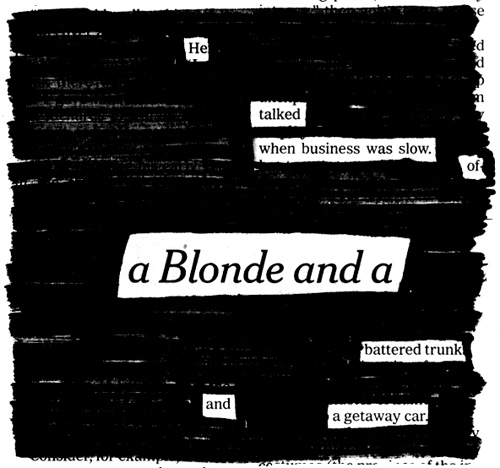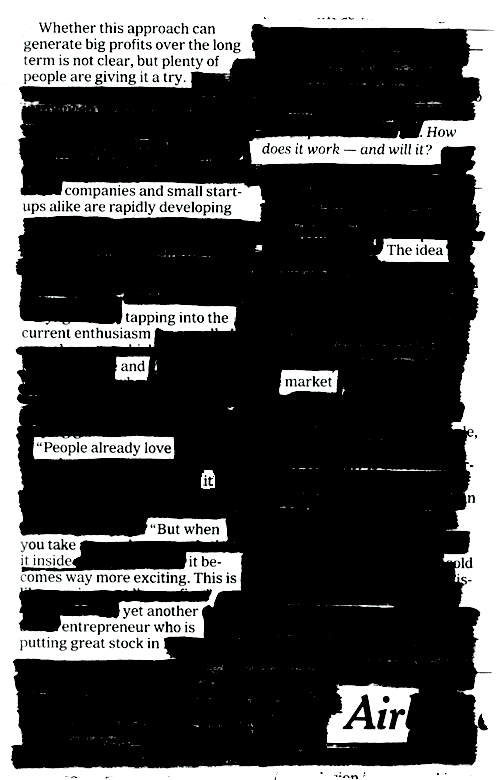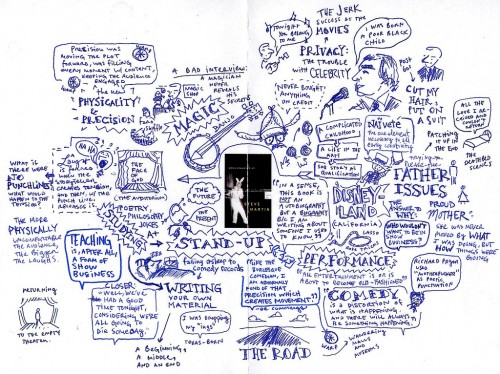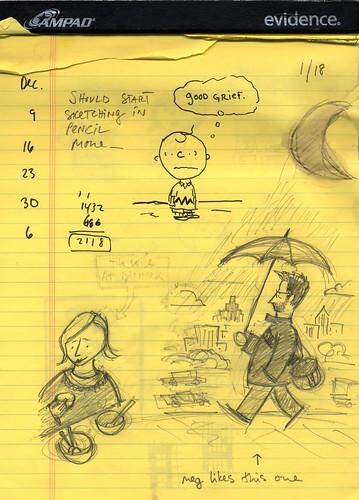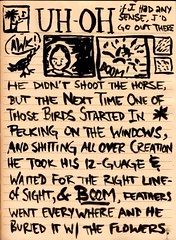BUY IT LOW, SELL IT HIGH
STEVE MARTIN ON STAND-UP COMEDY
“Comedy is a distortion of what is happening, and there will always be something happening.”
After the exhausting mess of Schulz and Peanuts, I wanted a book that moved quick and didn’t bullshit. Steve Martin’s stand-up memoir, Born Standing Up, did the trick. Great writing, very subtle and smart jokes. Has anybody read his fiction?
WEEKEND SKETCHBOOK
If you can create a process that short circuits some of your own worst habits, and you really believe in that process, eventually you’ll get a sweater, a nine-foot painting, chicken enchiladas, a Web site, a marathon.
“To spark my creativity…I often re-use pieces from my other works .. basically collaging my own stuff…”
THE YEAR IN REVIEW
- ← Newer posts
- 1
- …
- 515
- 516
- 517
- 518
- 519
- …
- 635
- Older posts→
